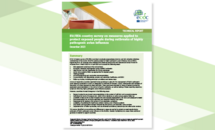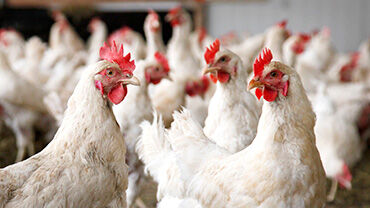EU/EEA country survey on measures applied to protect exposed people during outbreaks of highly pathogenic avian influenza
ECDC initiated a survey of EU/EEA countries to evaluate preparedness planning and risk mitigation initiatives implemented at the country level for people exposed to highly pathogenic avian influenza virus A(H5N1).
Executive Summary
Responses from 18 countries were collected from National Focal Points and Operational Contact Points for influenza from 1 March 2023 to 14 April 2023 and covered the following areas:
- Risk assessment practices at the national level
- Protection measures implemented during A(H5N1) outbreaks
- Identification and risk classification for human exposures
- Active versus passive follow-up approaches for exposed people
- Testing practices
- Antiviral prophylaxis and vaccination recommendations
- Communication with laboratories, primary and secondary healthcare, and ECDC
- Follow-up studies, including enhanced surveillance and serosurveys.
Almost all responding countries reported having guidelines in place for the management of highly pathogenic avian influenza outbreaks in poultry or detections in wild birds for farmers, cullers, veterinarians and members of the public with direct exposure to dead wild birds. There was broad alignment in terms of personal protective equipment recommendations in the context of poultry outbreaks, as well as testing of those reporting respiratory symptoms following highly pathogenic avian influenza exposure.
However, countries showed divergence in the following areas:
- Personal protective equipment recommendations in the context of wild bird and mammal exposures
- Definitions for levels of exposure risk, which inform decisions on active versus passive follow-up
- Availability of data on the number of people who were exposed (aggregated by risk level) and subsequently tested
- Recommendations for antiviral prophylaxis and seasonal influenza vaccination
- Requirements for testing in the context of non-respiratory symptoms
- Availability of guidelines for healthcare workers treating avian influenza patients
- One Health communication between laboratories and primary and secondary care providers
- Implementation of follow-up studies, such as enhanced surveillance, serosurveys and after-action reviews.
This survey identified commonalities and differences in measures applied to protect exposed people during outbreaks of highly pathogenic avian influenza in the EU/EEA, thereby highlighting key areas where additional guidance is needed to support countries.







